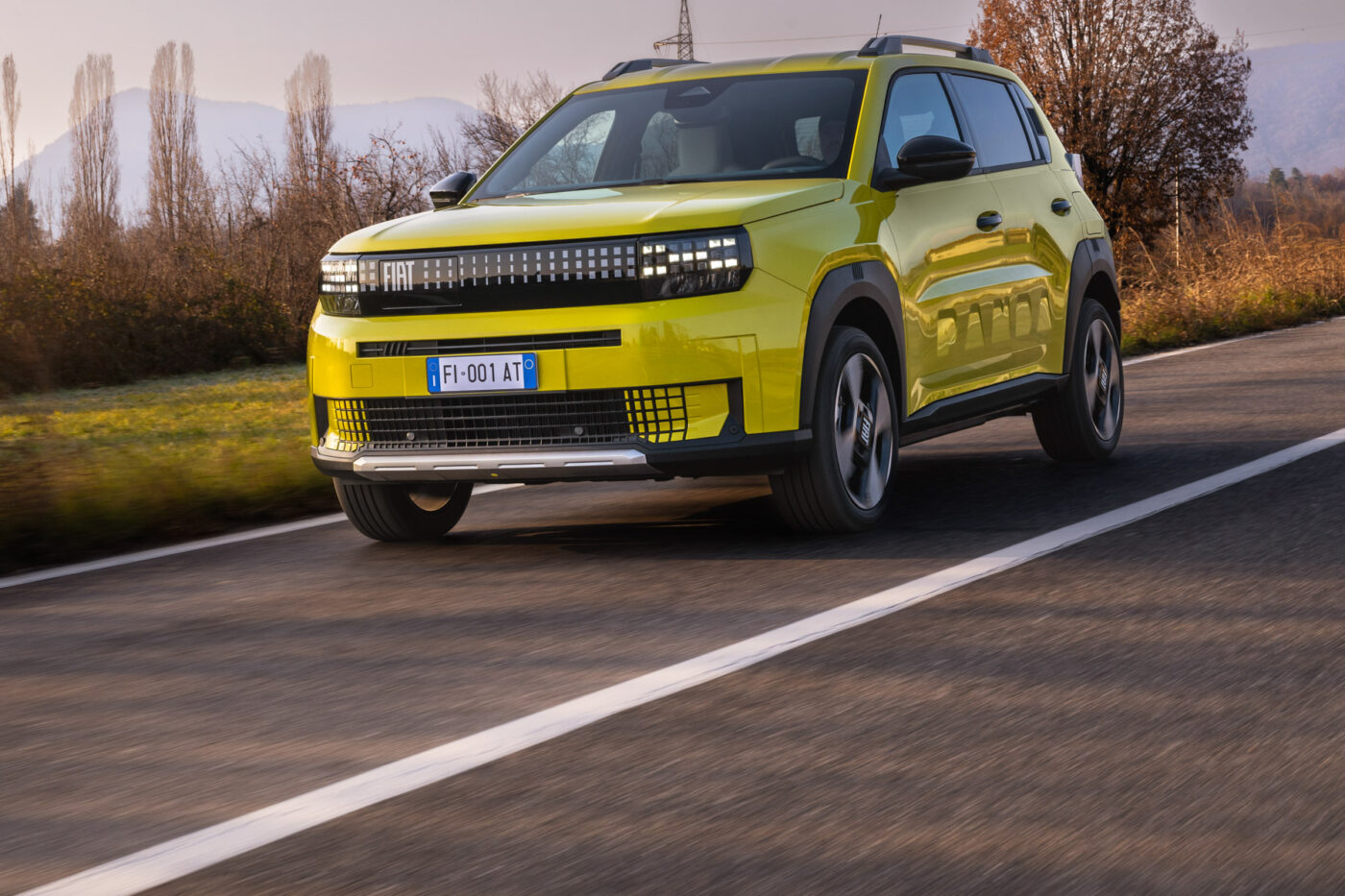
New Grande Panda: how Fiat wants to give electric mobility a run for its money
It may have taken a while, but prices for electric cars are finally falling, and the €25,000 barrier for a car that is reasonably suitable for everyday use and family use is increasingly disappearing. After Citroën led the way with the ë-C3, Opel/Vauxhall followed with the Frontera, Renault with the R5, and Hyundai with the Inster – and now Fiat followed suit. The Italians will launch the Grande Panda in spring for 24,990 euros upwards.
That means the price of the electric version of the Docle Vita will fall by 4,500 euros compared to the Fiat 500 outside of the discount campaigns and by 11,500 euros compared to the 600e. Against this price backdrop, the Italians are staging the big brother of their iconic small car, which has sold millions of units in almost 50 years, as the new Volkswagen for Europe – with kind regards to Wolfsburg. And if Fiat boss Olivier Francois has his way, for the rest of the world, too. It is no coincidence that he is planning a pickup and possibly even a van for South America, Africa and Asia on the platform alongside a sloping and an upright SUV for the European compact class.
However, the Fiat boss doesn’t just want to lure those hesitant about electric mobility with achievable prices. He is convinced that a successful transition also requires easier handling of the new energy – and illustrates this in the Grande Panda with an idea that is as simple as it is ingenious: so that no one has to untangle the tangle of cables and nothing reduces the relatively impressive boot space of 361 litres, there is a spiral cable that disappears with spring force into the retraction behind the front flap, just like on the telephone ages ago or still on the hoover today. Charging could hardly be easier.
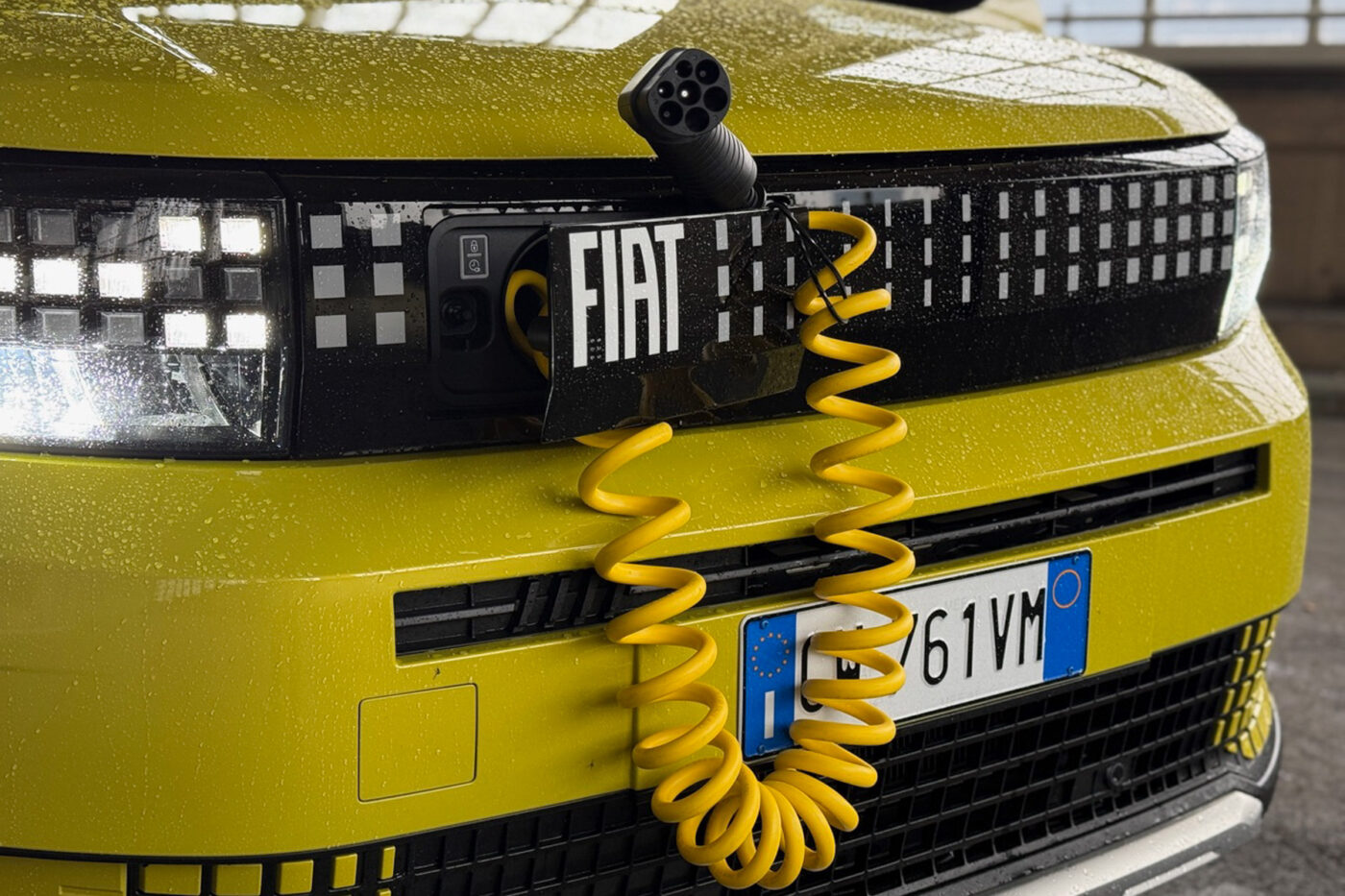
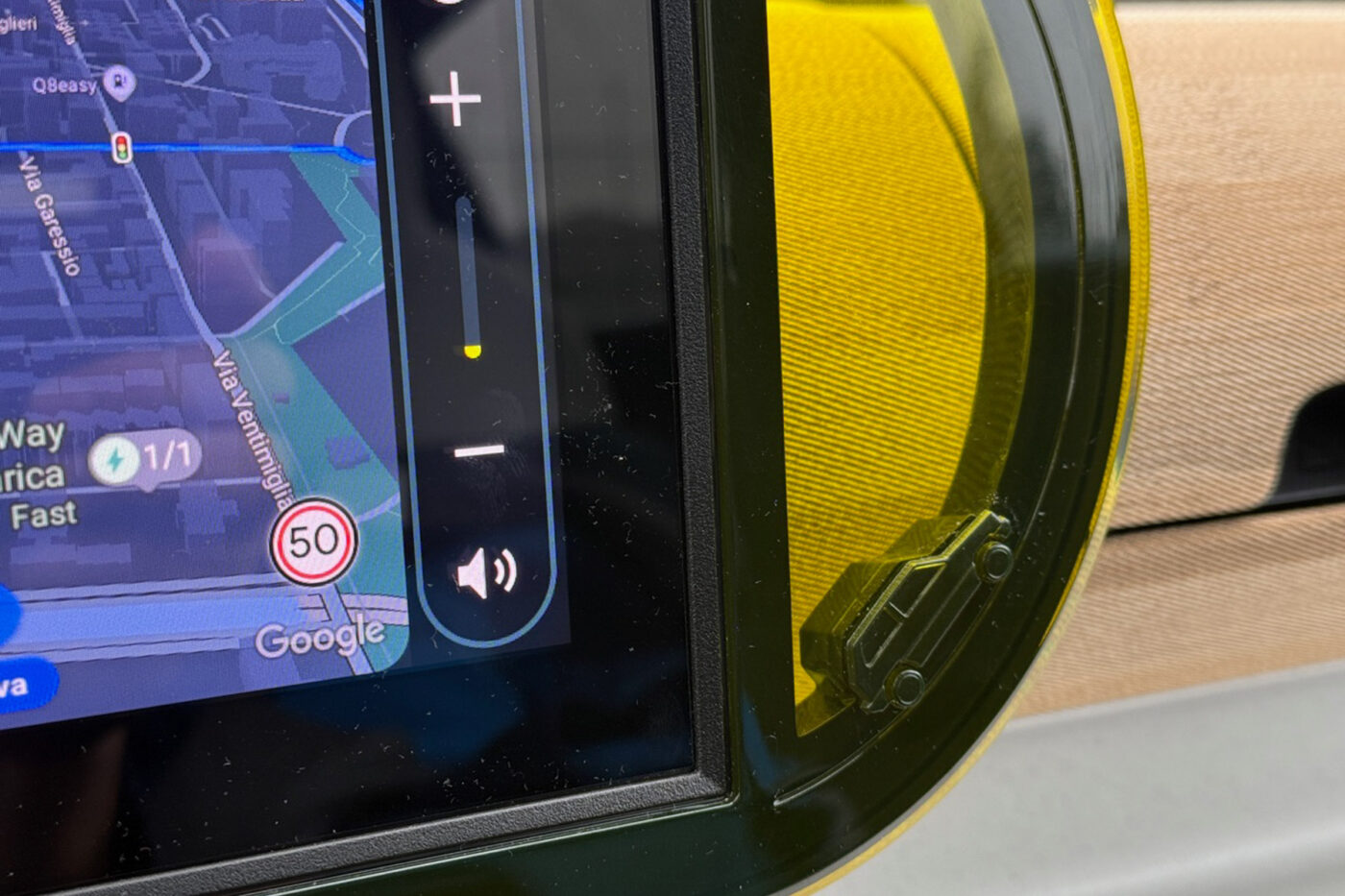
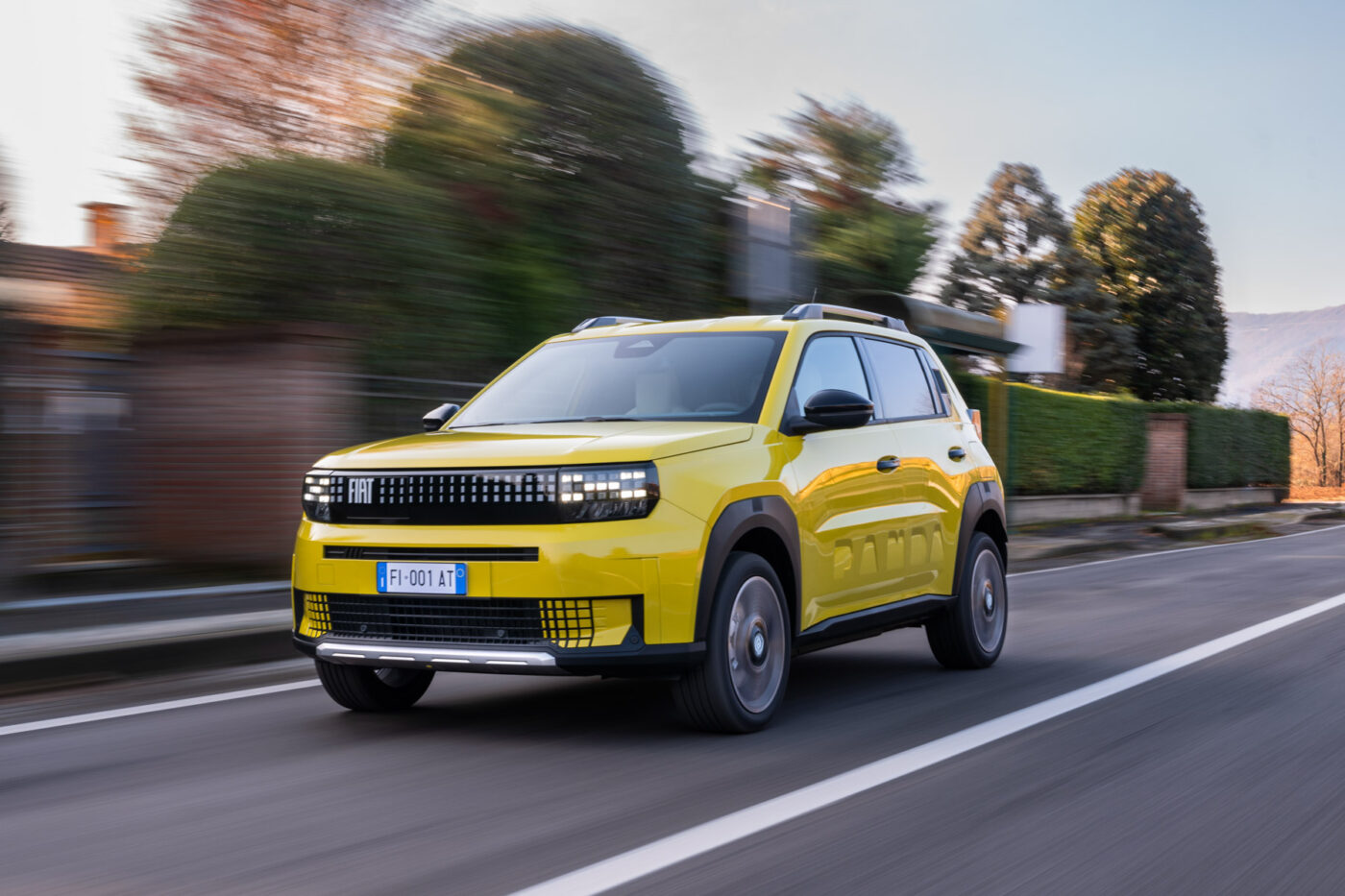
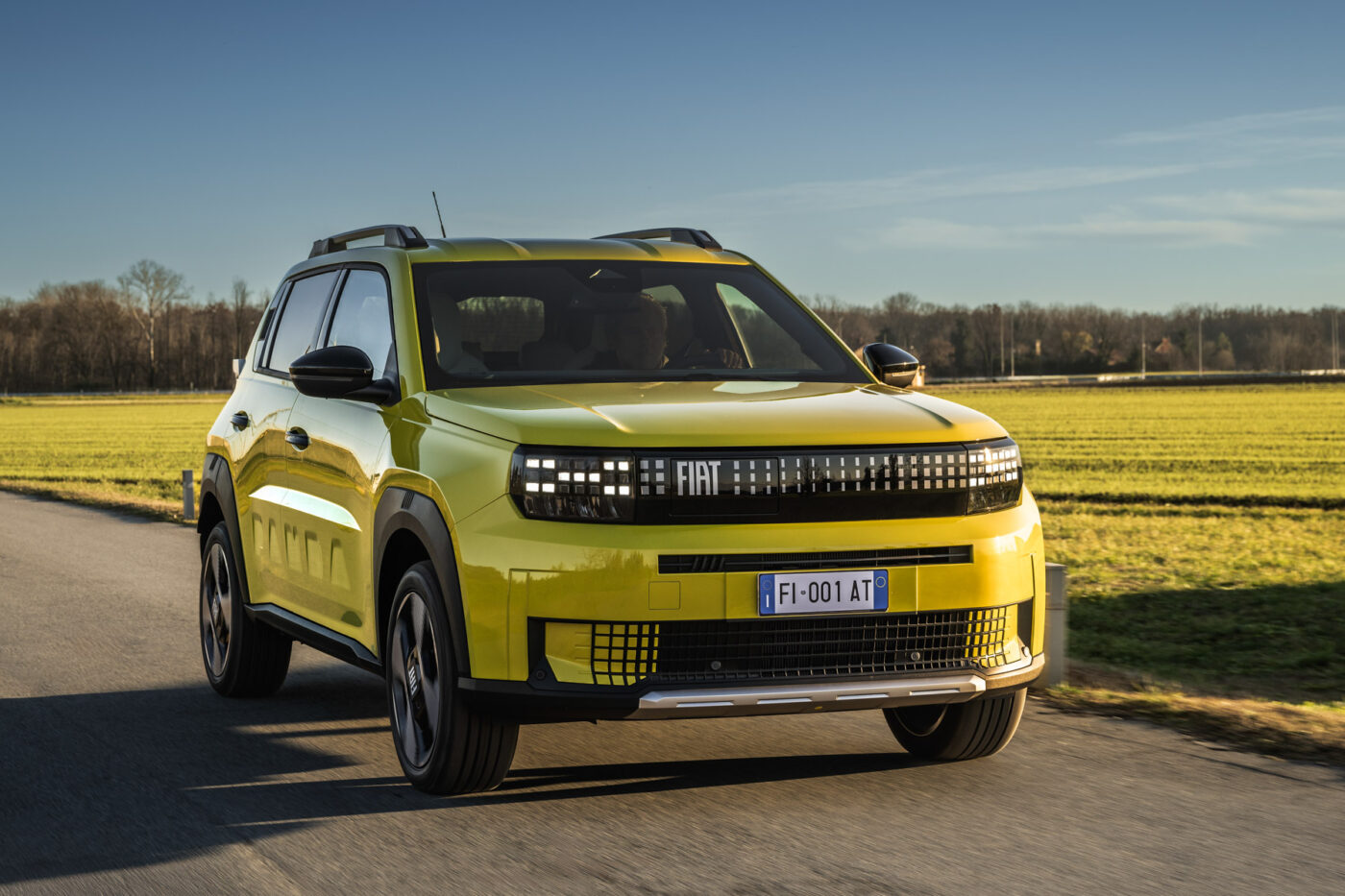
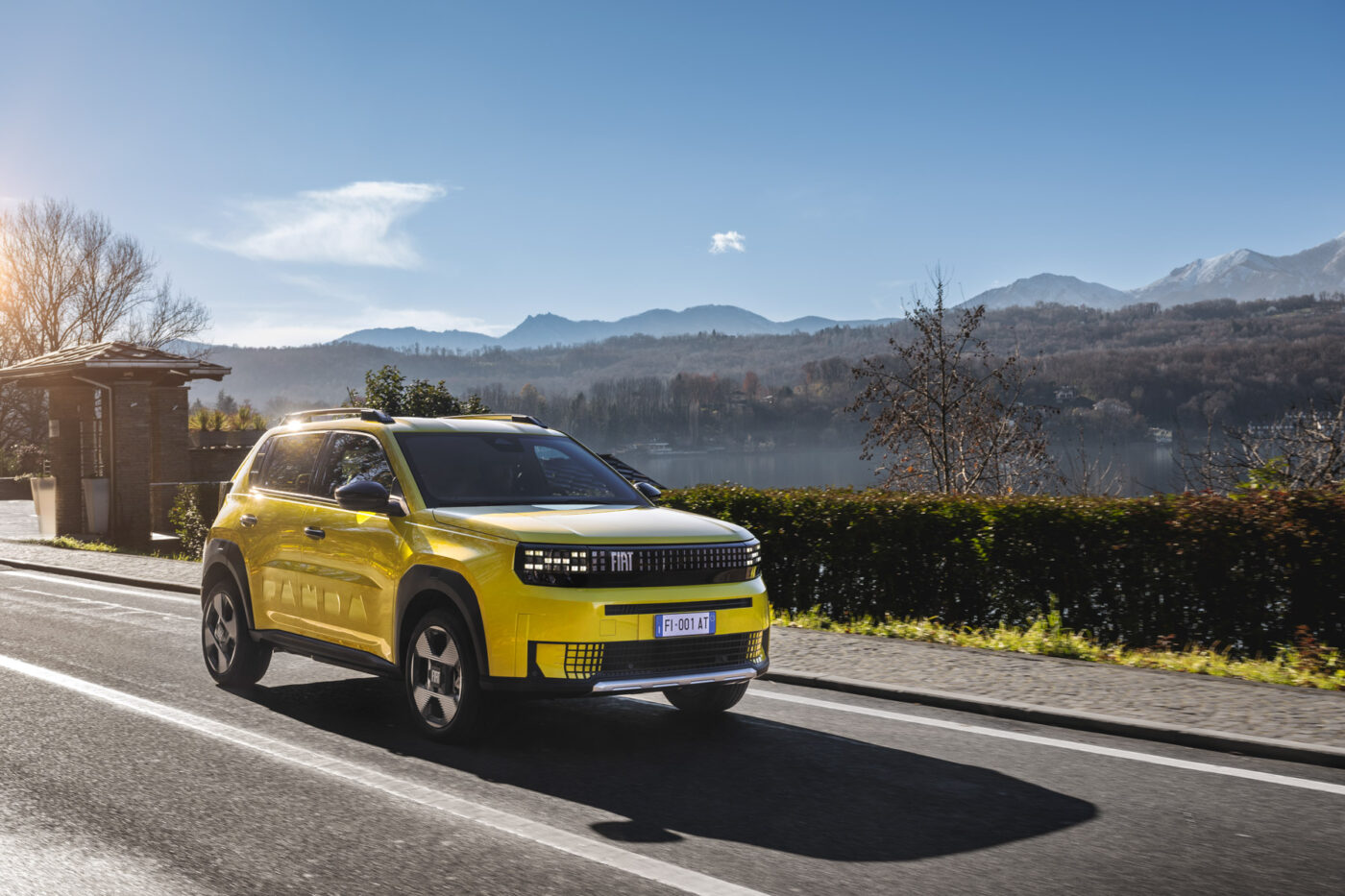
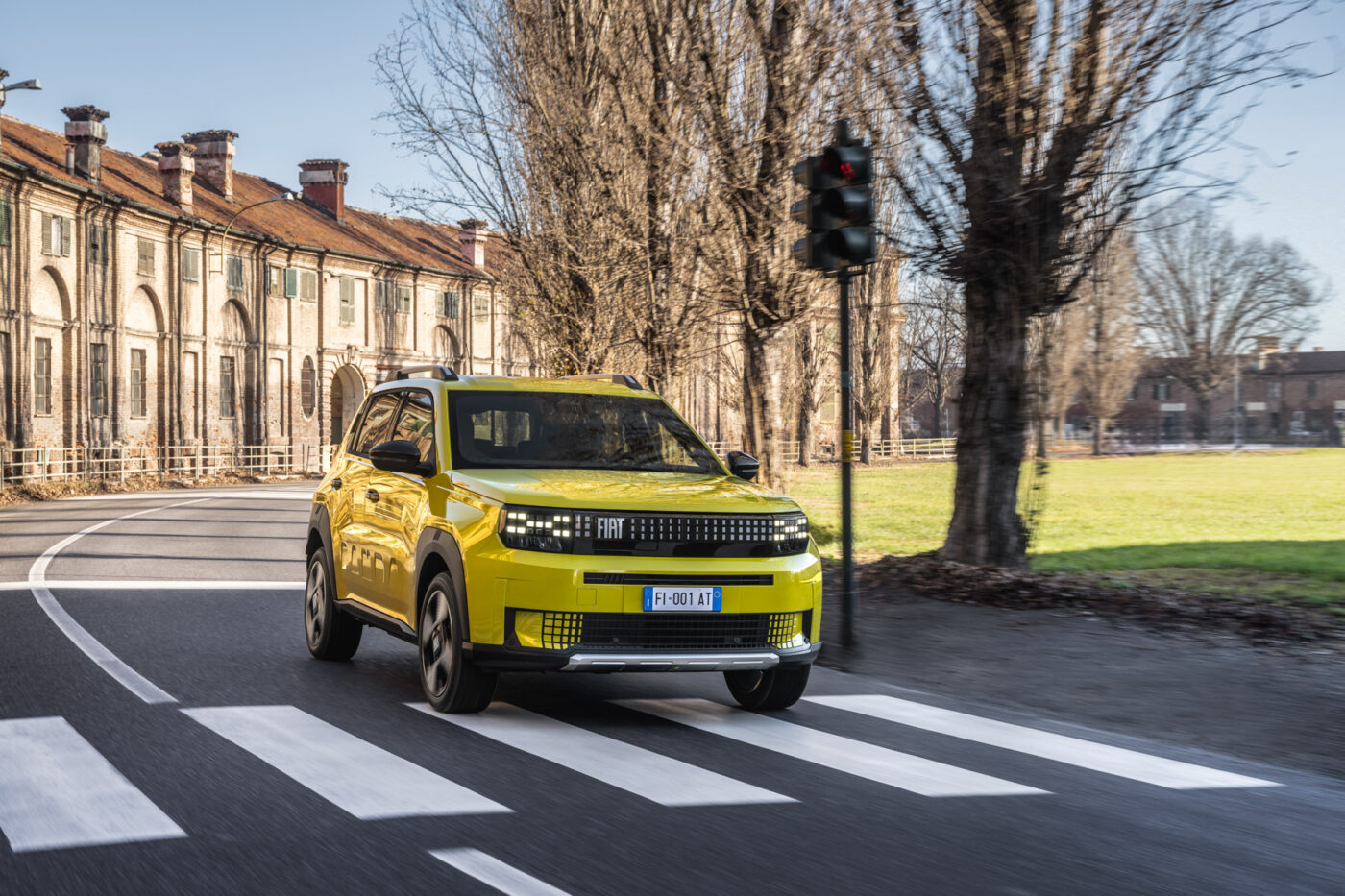
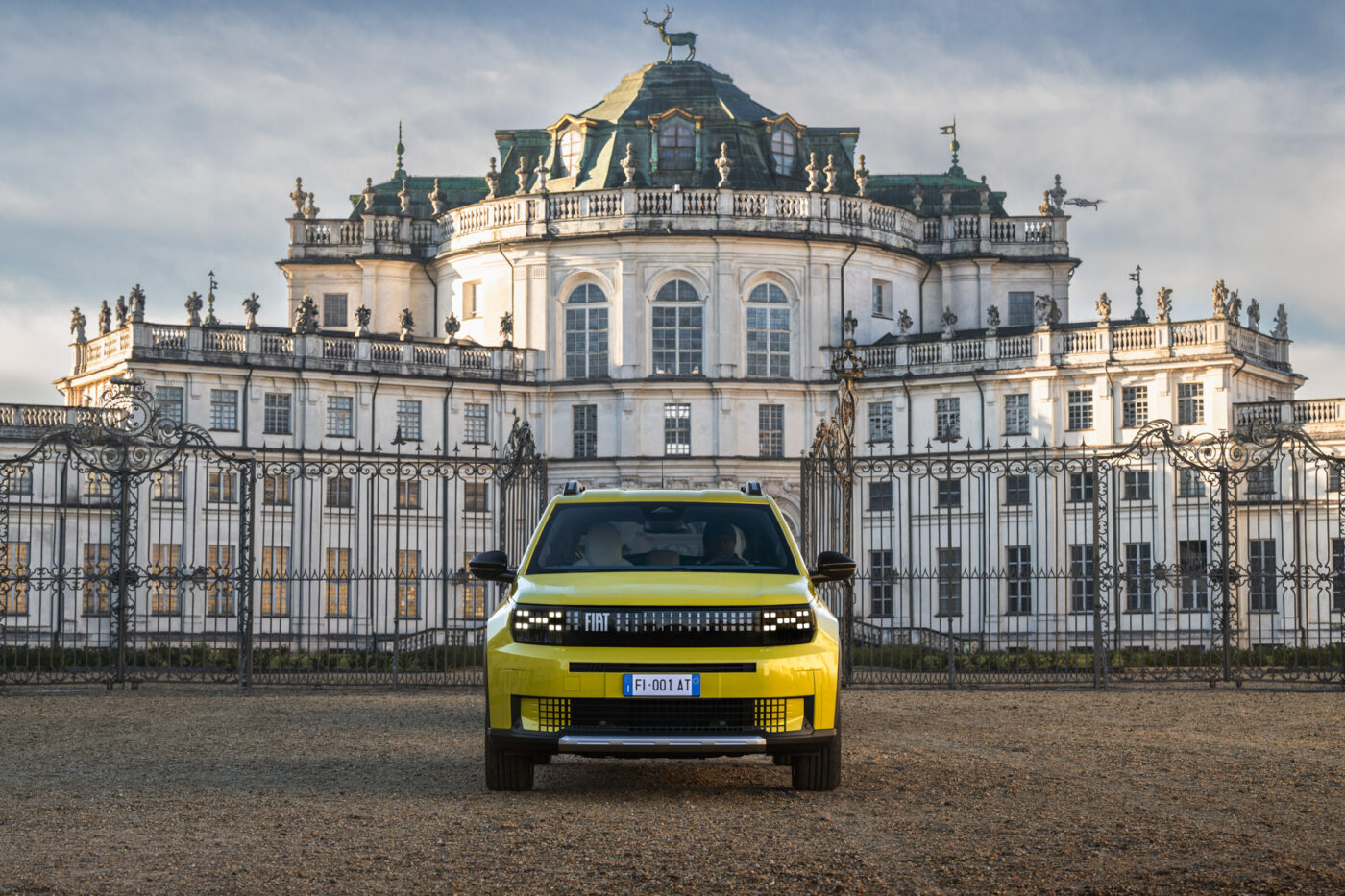
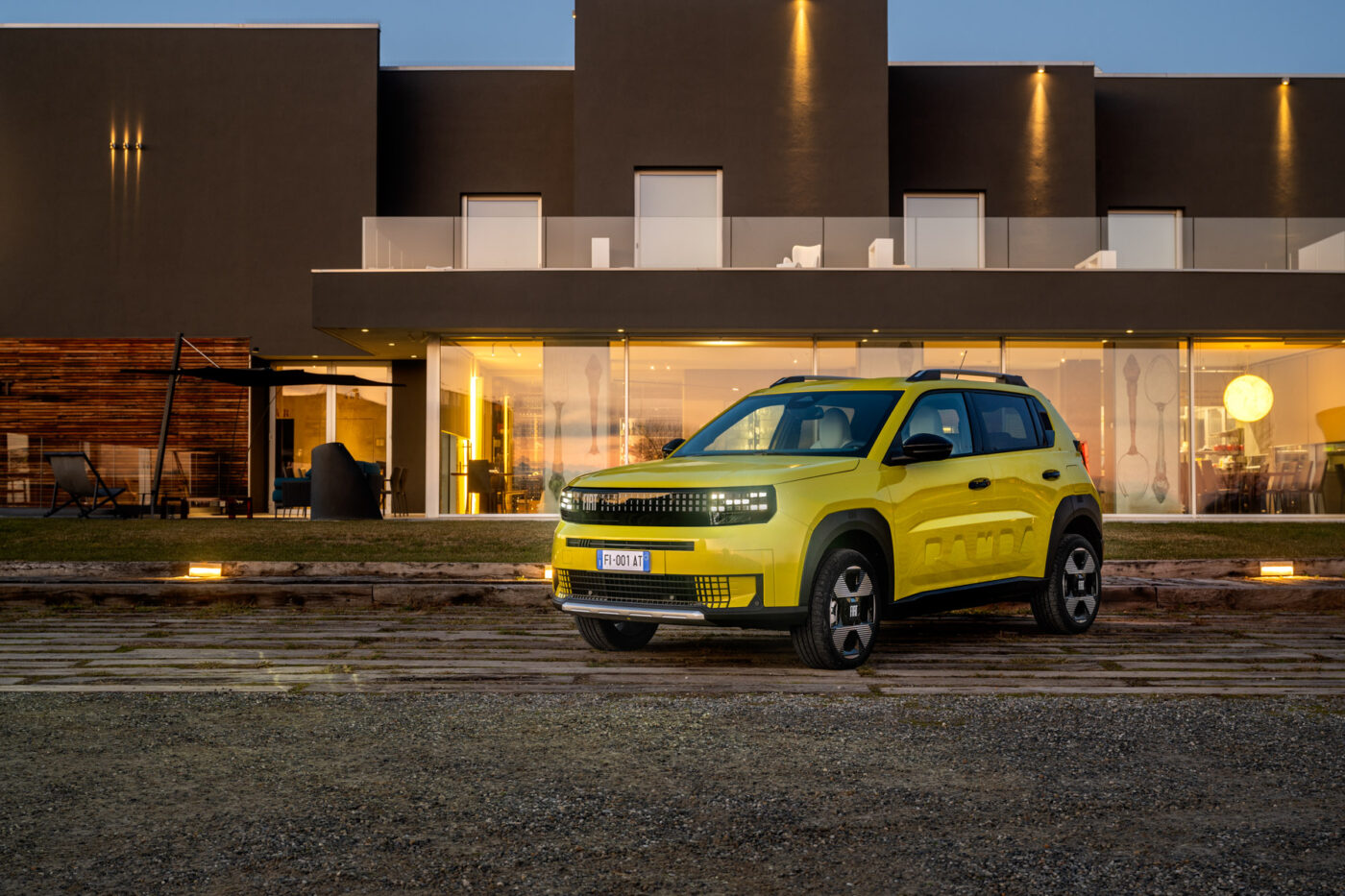
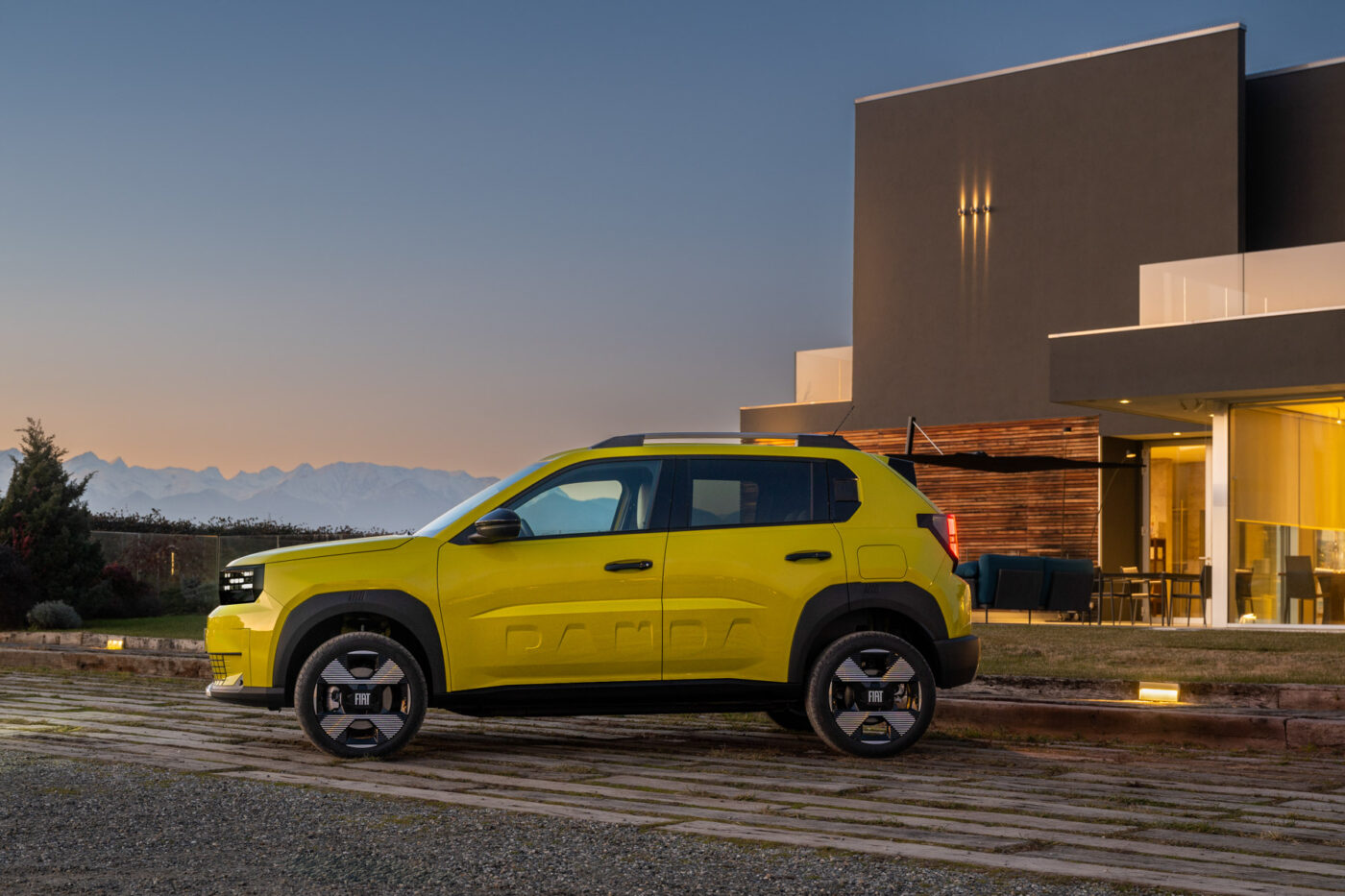
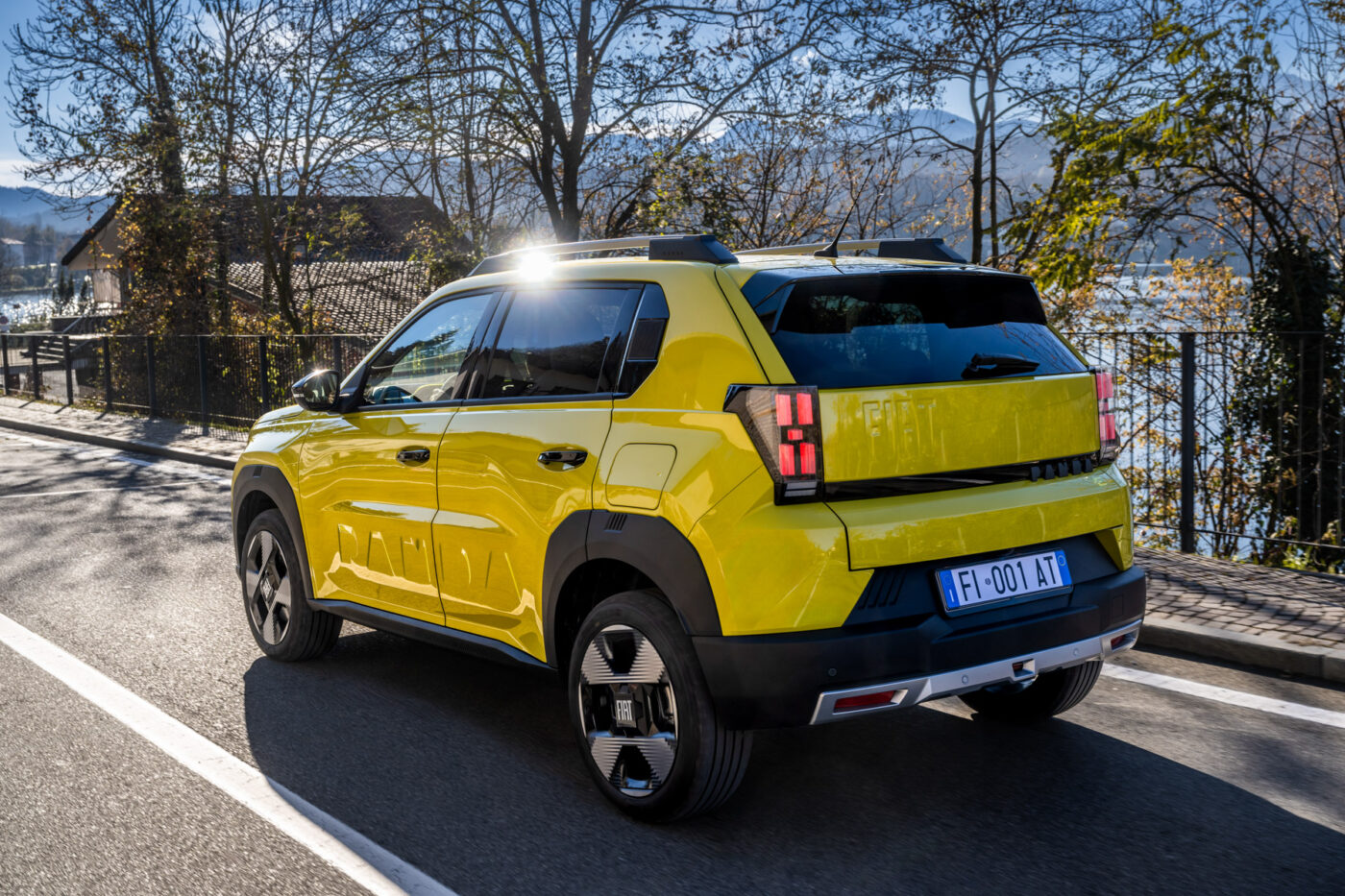
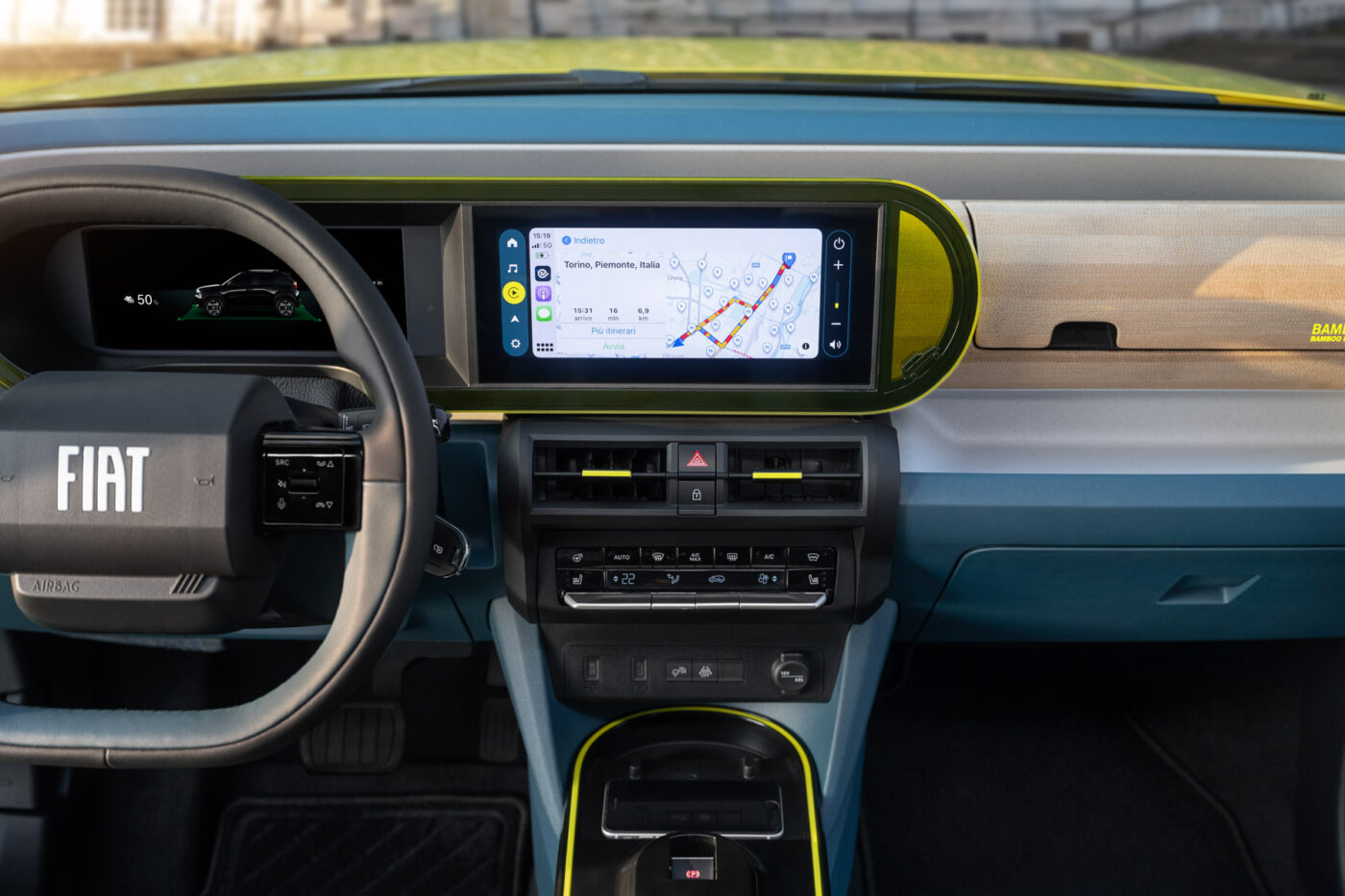
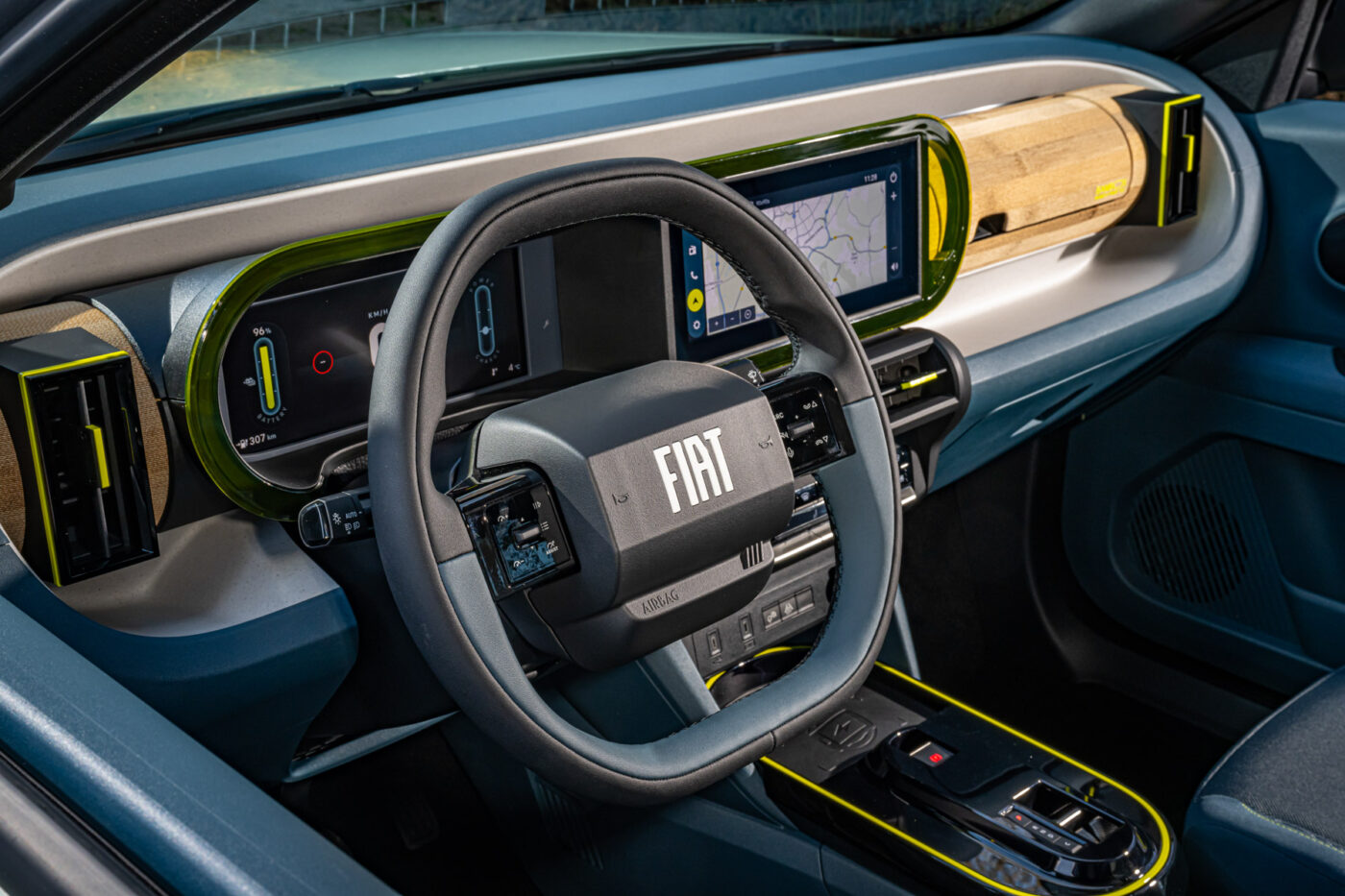
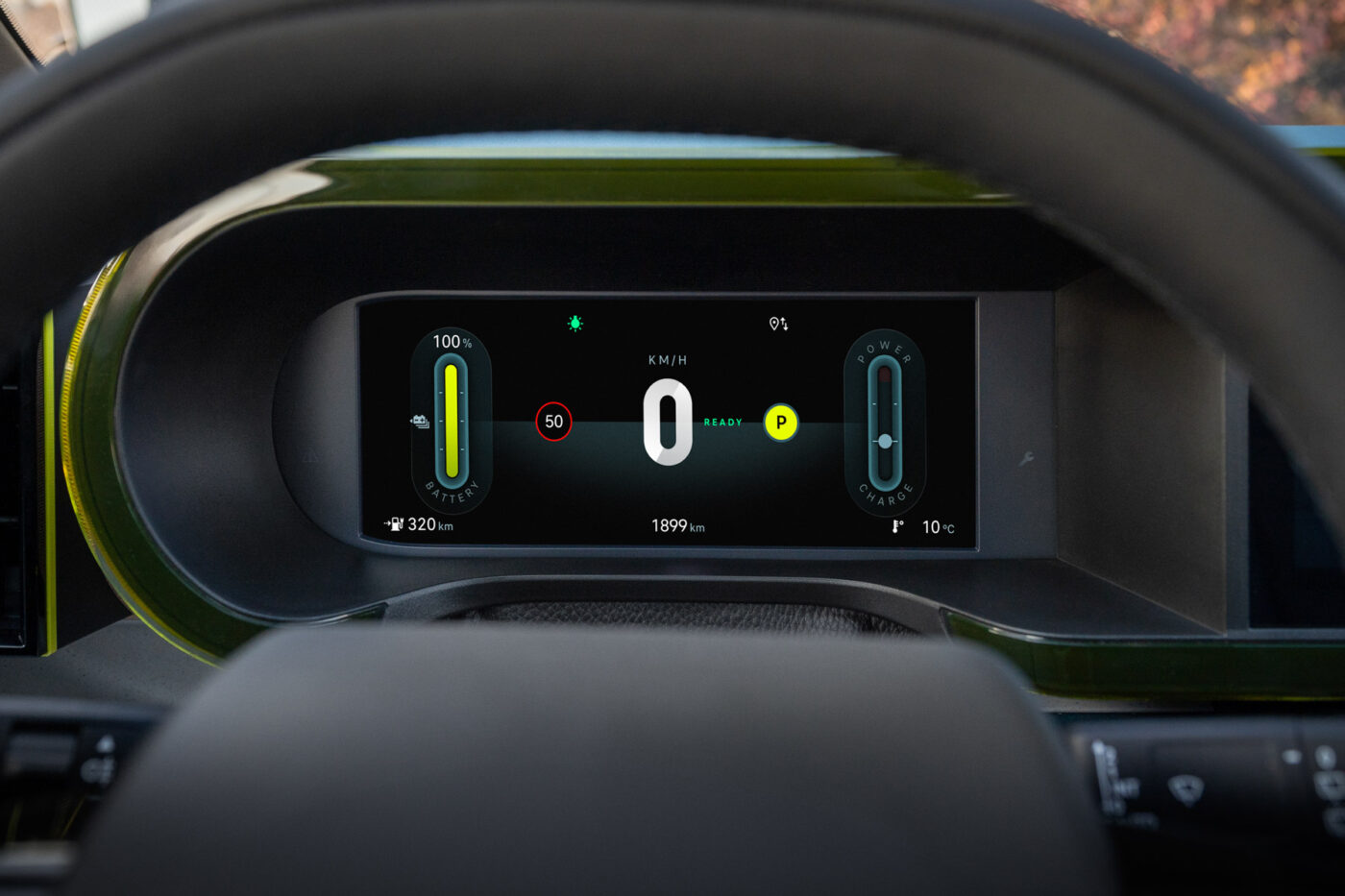
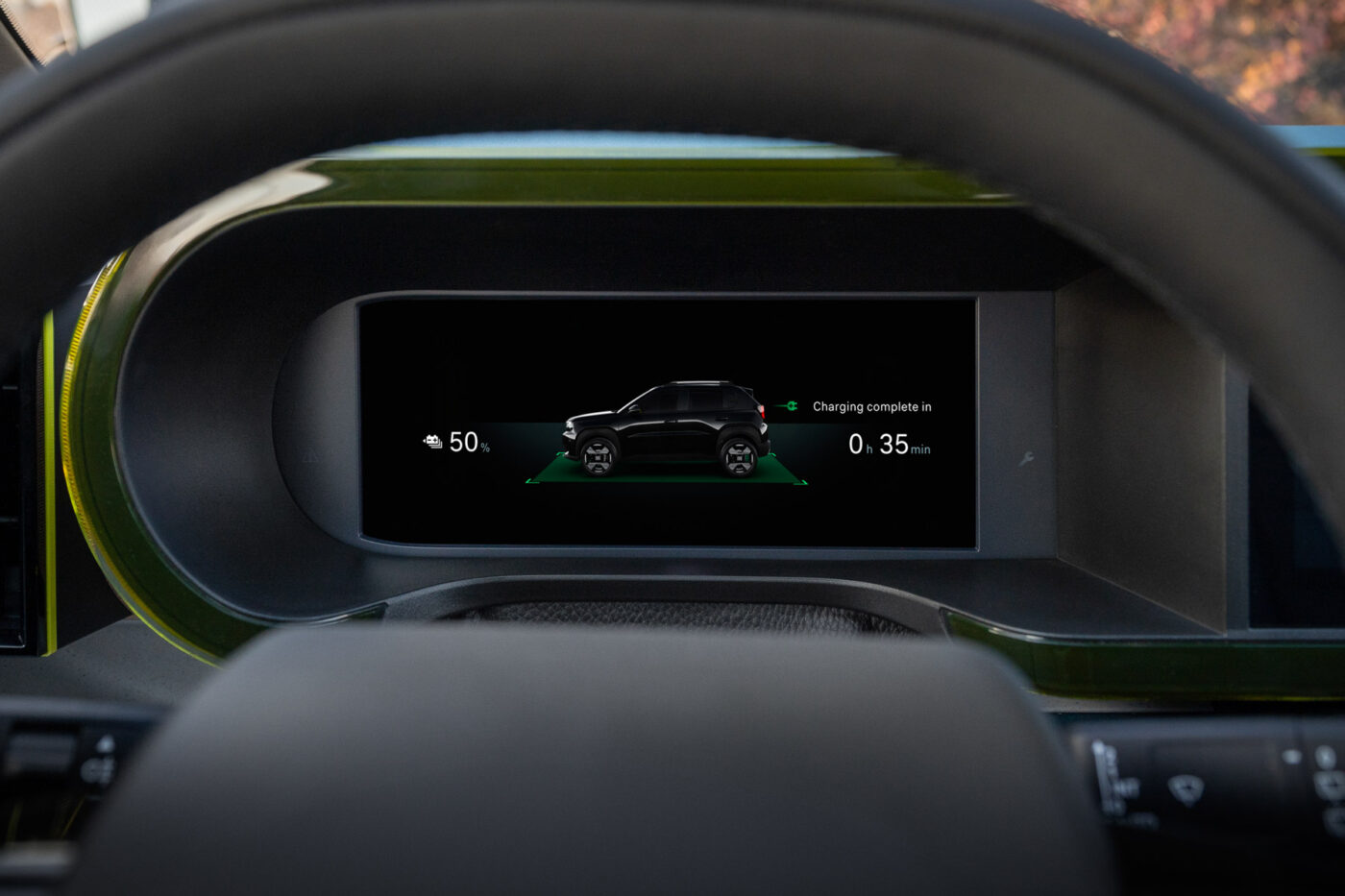
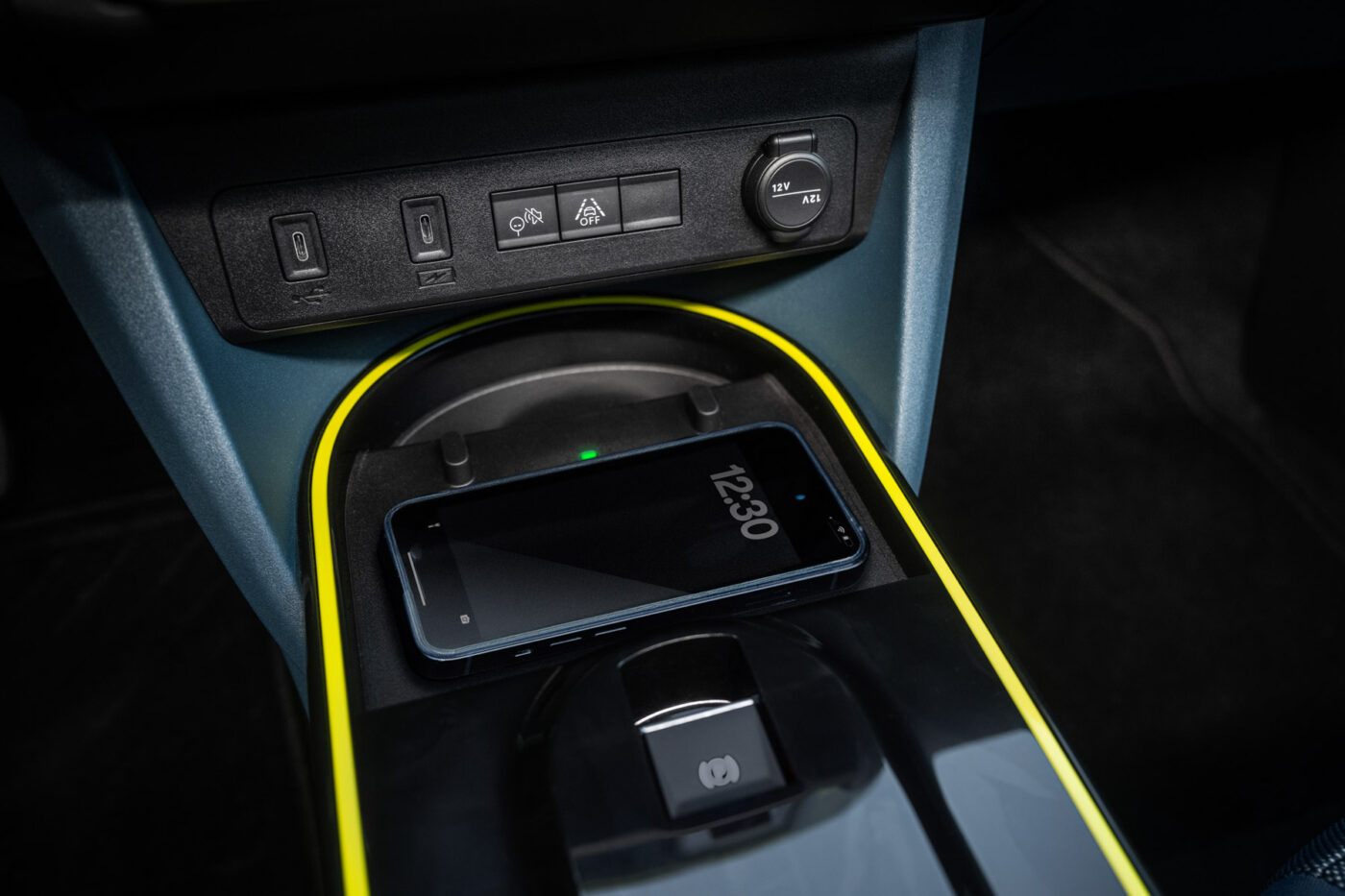
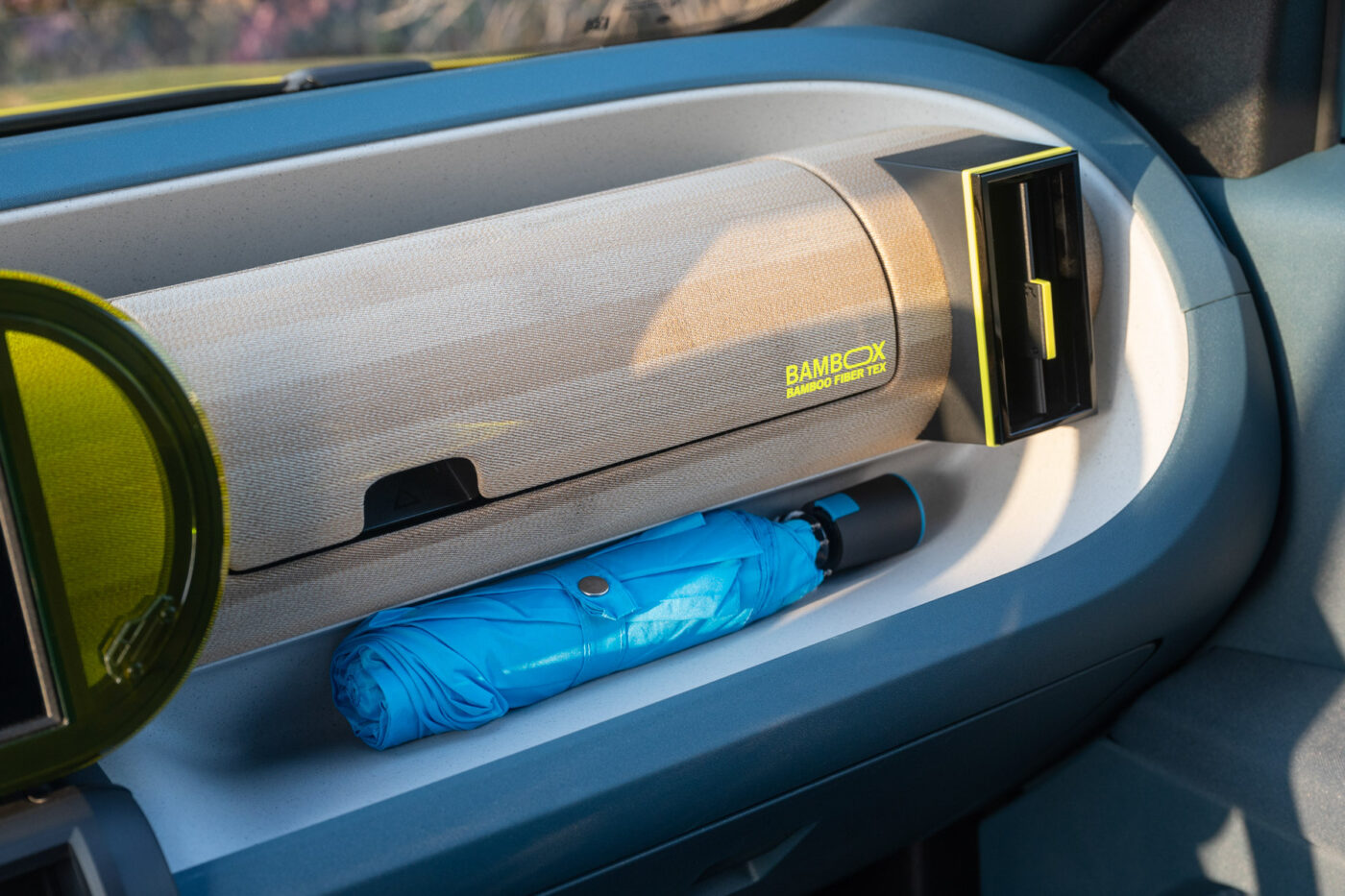
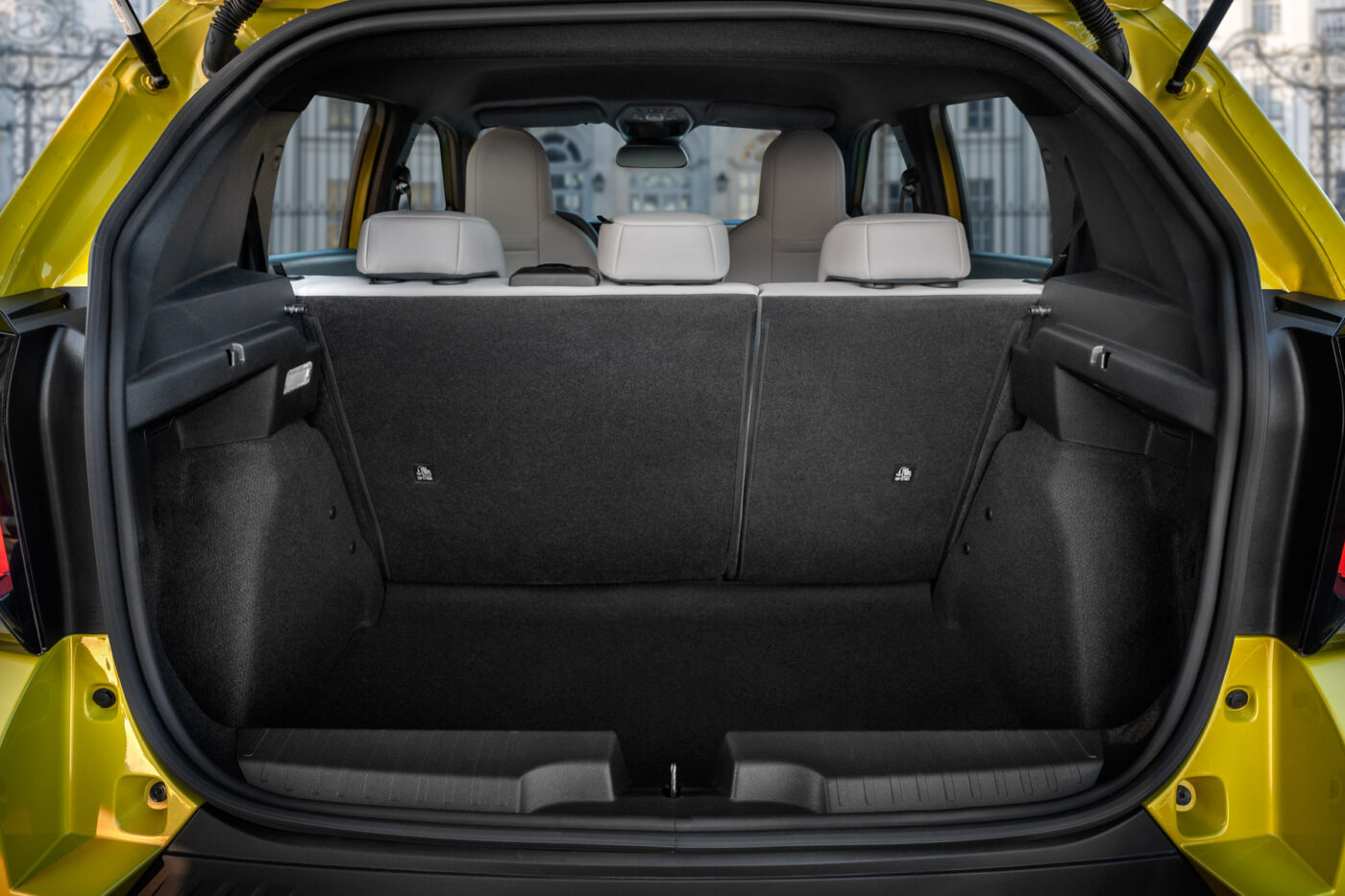
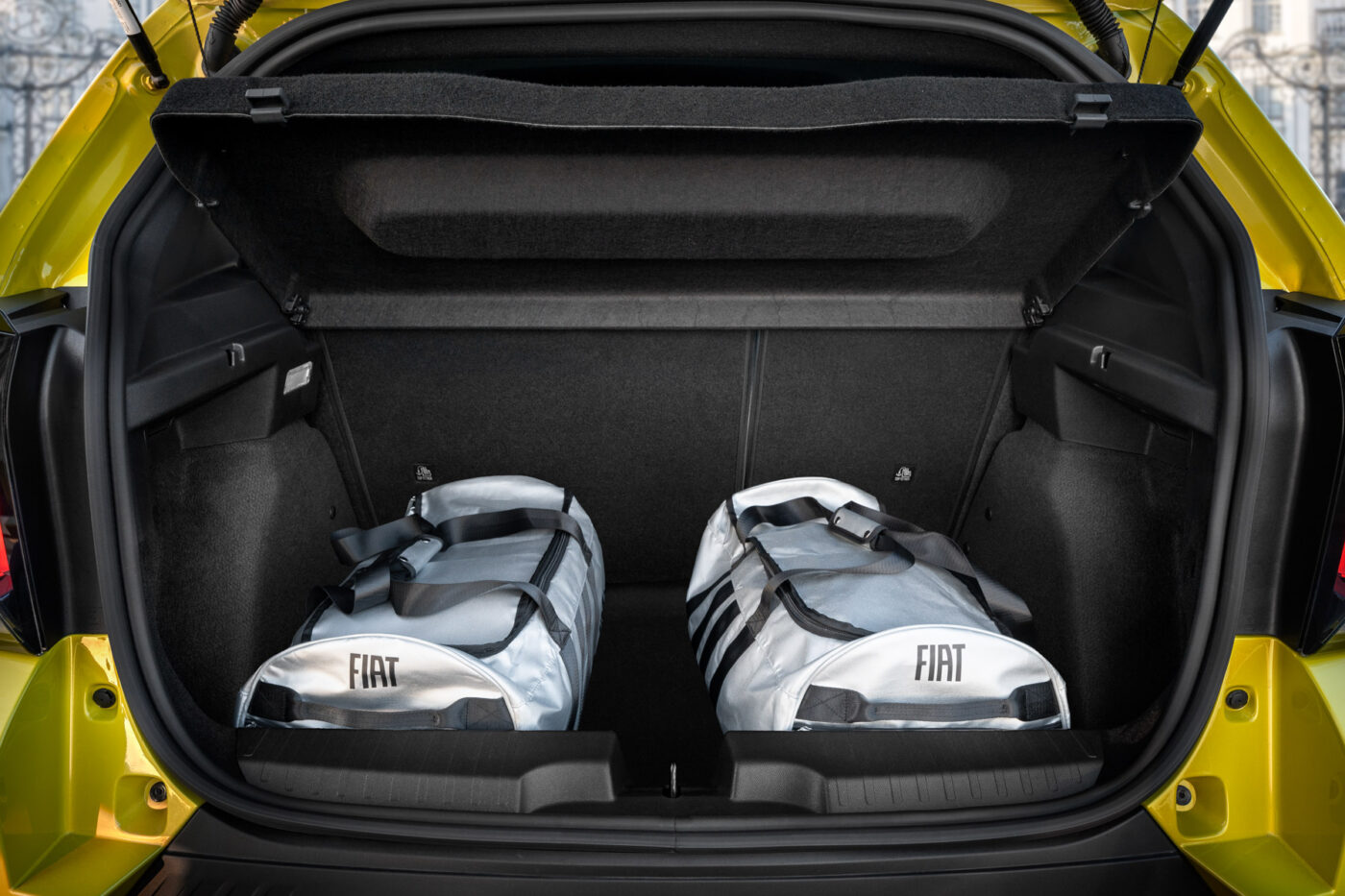
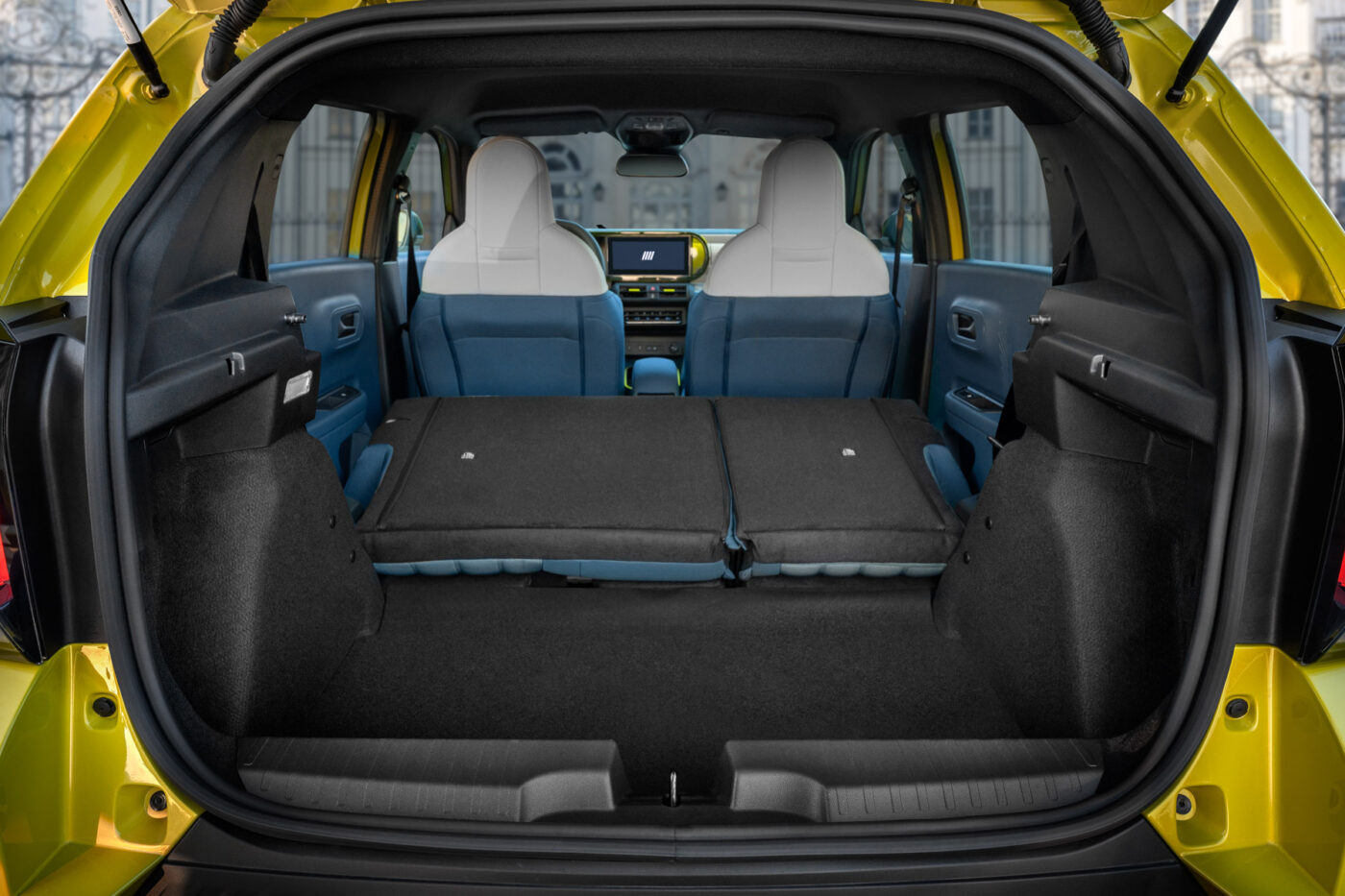
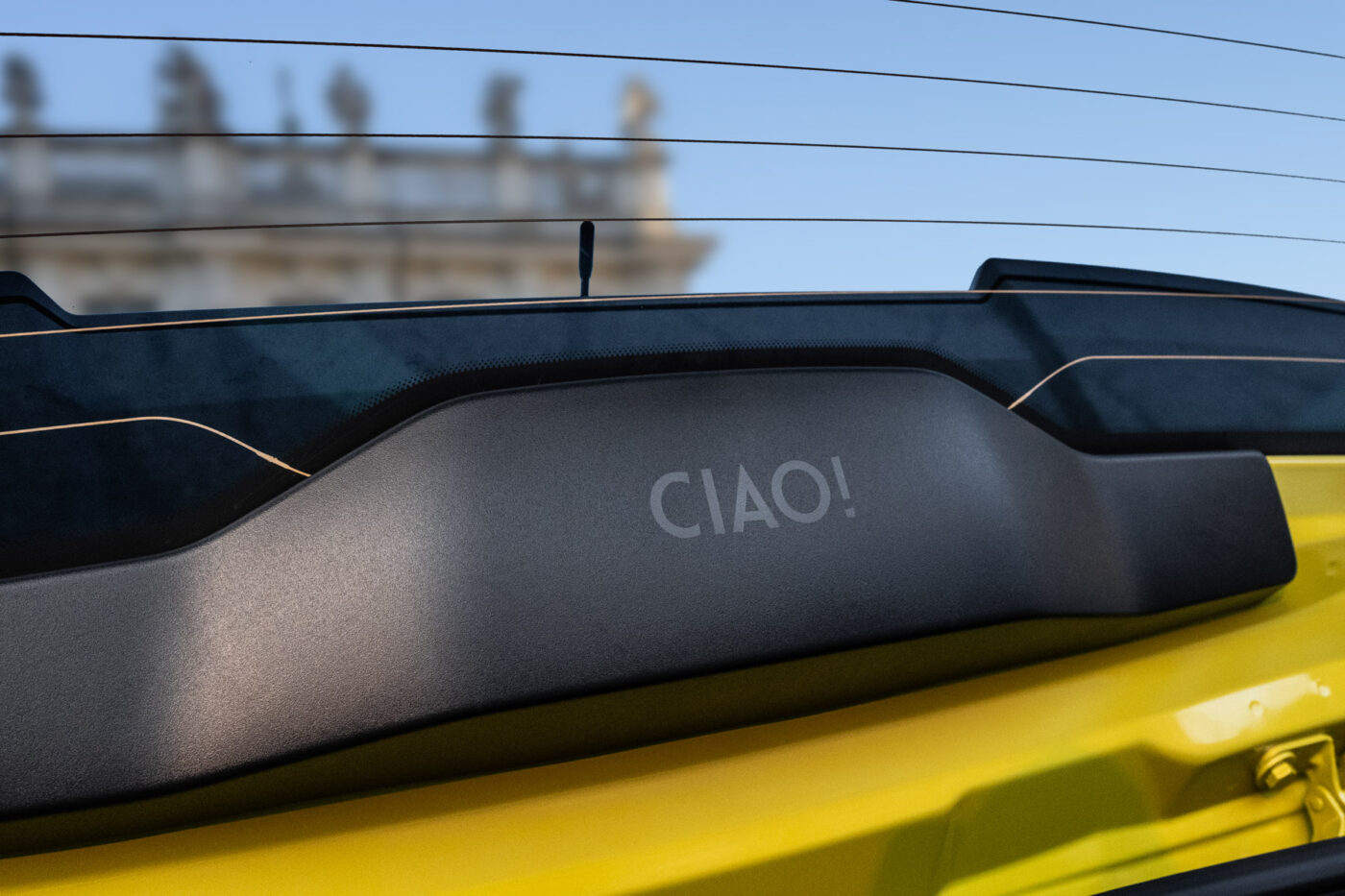
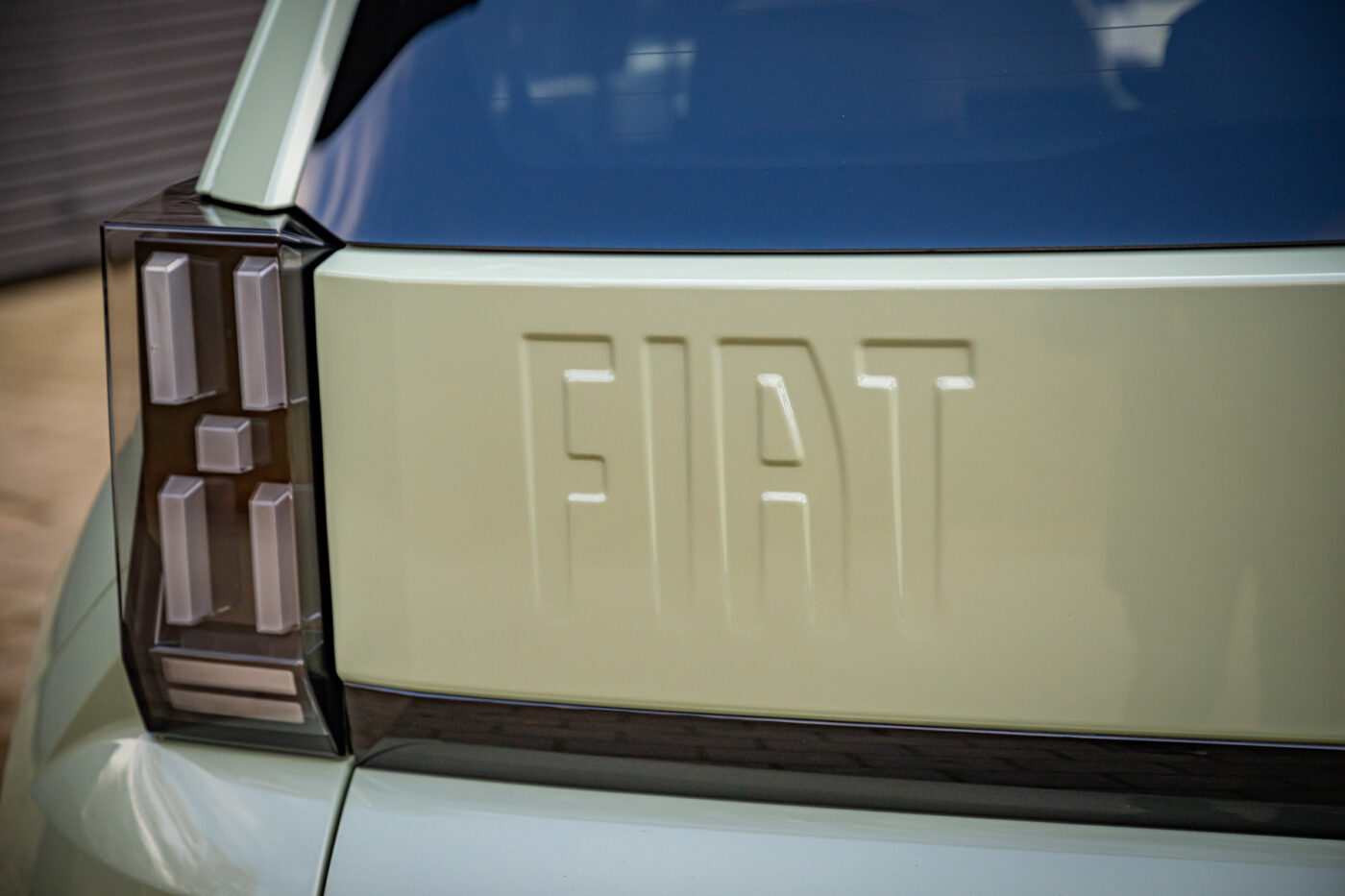
It is just one example of how the Italians have taken the same old Stellantis construction kit and put together a car that is as smart as it is strong in character. And, above all, a genuine Fiat. After all, they have shown a great deal of stubbornness and, unlike Opel or Citroën, of course, also have a rich history of small cars from which the designers cheerfully quote: Even though the Panda has grown from an initial 3.41 metres and then 3.65 metres to its current 3.99 metres and, on top of that, shoots up like a wannabe SUV, it cannot hide its origins. The pixel-packed front is thus not only reminiscent of Hyundai’s Ioniq models, but also of the façade of the factory in Lingotto and the striped grille of the original. At the same time, the three-dimensional lettering is intended to quote the famous Panda 4×4.
And inside, where they have now screwed a glove compartment in front of the dashboard in the form of a bamboo box, there used to be a pocket-shaped storage compartment for all kinds of everyday items in the same shape. Before anyone doubts the Panda’s origin again, they immortalised their legendary test track ‘La Pista’ in the car. The dashboard surround thus has the same basic shape as the oval on the roof of the main factory in the heart of Turin. They have even immortalised the original Panda, designed by Giorgetto Giugiaro, as a model car in the decorative frame around the digital cockpit and the ten-inch touchscreen next to it. The details are spot on!
When driving, however, the Grande Panda remains tied to its family and uses the same hardware. An electric motor with 83 kW and 122 Nm hums at the front axle and an LFP battery with 44 kWh, for which the Italians promise a standard range of 320 kilometres, is located under the floor panel.
| GrandePanda | |
|---|---|
| Drive | FWD |
| Power | 83 kW |
| Torque | 122 Nm |
| Acceleration | 11.5 s |
| Top speed | 132 kph |
| WLTP range | 320 km |
| Battery | 44 kWh |
| Charging capacity DC | 100 kW |
| Charging time DC 10-80% | 33 min |
| Price | €24,990 (Germany)/ £20,975 (UK) |
Together with the handy format, a weight of 1.5 tonnes, which is almost meagre for an electric car, a highly supportive steering system and a short wheelbase of 2.54 metres, the Grande Panda drives like so many other small electric cars on its maiden voyage at home in Turin. It is lively in the hustle and bustle of the Centro Storico, wins many a traffic light sprint as the underdog and becomes the king of the urban jungle in the multi-storey car park at the latest.
Beyond the city limits, however, and even more so on the drive up the local mountain to the Superga Cathedral, the vigour diminishes noticeably. While the R5, for example, has something like road-holding and is fun to drive, the Grande Panda is more about getting there than being on the road. But the range isn’t all that great either.
As the Panda will predominantly be at home in urban centres, this is not a problem. More problematic is the Stellantis technology, which is determined by cost dictates. Francois praises the Grande Panda as an affordable car that wants to be anything but cheap and is thus generous when it comes to comfort and functional equipment.
But when it comes to electric hardware, the Italians are lagging behind. Where the Koreans, for example, come up with achievements such as navigation with route-dependent charging planning, bidirectional charging or an intelligent accelerator pedal for variable recuperation even in their smallest electric models, the Grande Panda only has standard route guidance and a reference to corresponding apps; Fiat has even spared itself a second brake calibration and the electricity continues to flow in one direction only. The point clearly goes to the Hyundai Inster.
And the current doesn’t even flow particularly quickly. If you don’t charge with the thin spiral cable, but with a classic Type 2 power supply, you can still calculate with an AC output of 11 kW. But fast charging on the DC plug does little honour to its name with 100 kW. After all, the recently praised Inster can charge at a maximum of 85 kW.
Fiat wants to give electrification even more momentum with the Grande Panda. But the Italians are not ‘all in’ quite yet. On the contrary: as always with Stellantis, the Grande Panda will also be available with a petrol tank instead of a battery – which will be 6,000 euros cheaper. At least the Italians are not installing a conventional three-cylinder engine but are instead opting for a mild hybrid, in which the electric motor is so powerful that it can move the car on its own, at least when manoeuvring. And as a hybrid, the Grande Panda can at least travel a few metres on the Electric Avenue.


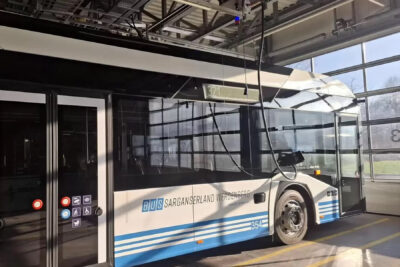

0 Comments